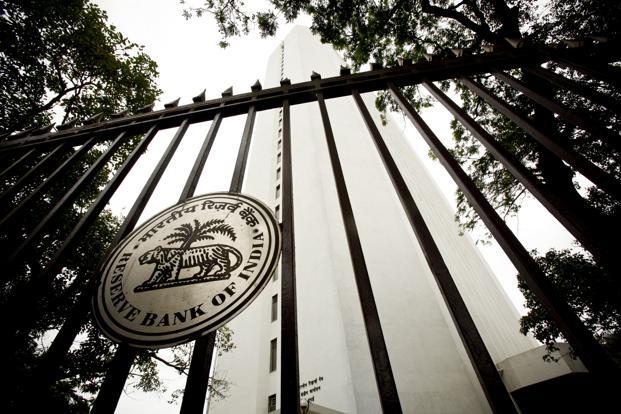India’s wholesale price inflation dropped to 5.96% in March from 6.84% in February, at least 30 basis points (bps) below market estimates, fuelling widespread expectations of a rate cut in the first week of May when the Reserve Bank of India (RBI) announces its annual monetary policy for fiscal 2014.
One basis point is one-hundredth of a percentage point.
At 5.96%, wholesale inflation is now at its 40-month low.
Another piece of good news: Non-food, non-oil manufacturing inflation or the so-called core inflation is also continuing its southward movement. In March, it dropped to 3.48%, some 22 bps lower than most market estimates, and its lowest since February 2010.
In immediate reaction, the yield on the benchmark 10-year government bond dropped from 7.86% to 7.82% and most rate-sensitive stocks, particularly banks, rose.
Yields and prices of bonds move in opposite directions.
It’s now fairly certain that the Reserve Bank of India (RBI) will go for a policy rate cut in May to prop up slowing economy, even though RBI governor had said in his last policy that the scope for monetary easing is limited.
The question is: will D. Subbarao stick to his ‘baby step’ of a 25 bps rate cut or show boldness by combining it with a cut in banks’ cash reserve ratio (CRR)—the portion of deposits that commercial banks need to keep with RBI—by an identical margin?
He can even go for a 50 bps policy rate cut to surprise the market.
CRR is now 4% and the repo rate, or the rate at which RBI lends to banks, is 7.5%.
The quantum of a May rate cut is not certain as yet. This is for two reasons—one, the January wholesale price inflation rate has been revised upward from 6.62% to 7.31%; and two, the retail inflation continues to remain high, in double digits.
In March, consumer price inflation or retail inflation dropped to 10.4% from 10.9% in February and against the Street expectations of 10.7%, but it’s still high. The reduction in fuel subsidies may continue to contribute to retail inflation.
The record high current account deficit is yet another factor that will weigh against a substantial rate cut, but it is fairly certain that a reduction is on the cards.
Does this mean that the cost of money will be cheaper for corporations and individual borrowers for auto loans and mortgages. That’s a question only banks can answer. Unless they are able to pare deposit rates, they will not be in a position to cut interest on loans despite RBI revising its policy rate.
But with gold prices coming down, money flow may increase into the banking system and the current account deficit scene is likely to improve. This will give banks a handle to cut their loan rates.



